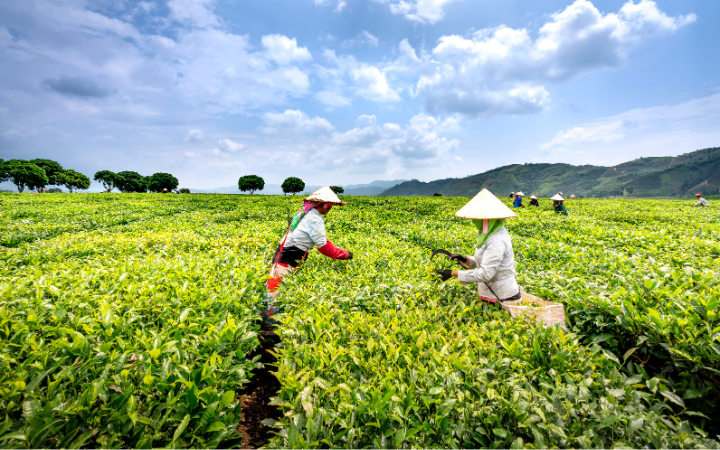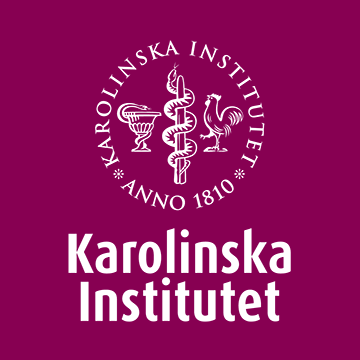Australian Wool Innovation (AWI) Chairman Colette Garnsey OAM has used her speech to today’s Annual General Meeting to highlight the bright long-term future for wool after a difficult 2020 for many woolgrowers.
AWI is owned by Australian woolgrowers and is the industry’s research, development and marketing company. It is also the owner of the iconic Woolmark brand.
“Following on from the devasting summer bushfires, COVID-19 – and the worldwide governments responses to contain it – 2020 is like nothing the wool industry has faced before,” Ms Garnsey told the meeting, which was held virtually for health and safety reasons.
“Our key markets, from China to Northern Europe, have at various times been on the frontline of the pandemic, domestic and global supply chains have been severely disrupted and demand for our fibre has fallen heavily due to consumer demand change driven down by COVID.
“All of these factors have been reflected in the wool price, which, after a significant decline this year, we are pleased to see enjoying something of a rebound on the back to some solid underlying support we hope will be sustained.
“Substantial rainfall across south-eastern Australia in recent months has been a blessing for many woolgrowers after years of drought, wool producers in the West remain in severe drought, and any benefits the weather might have brought our industry have been more than offset by the impact of COVID-19.”
Ms Garsney told woolgrowers at the meeting that the effects of the drought, the level of the WoolPoll levy and the lower wool prices has resulted in a 45 per cent fall in AWI’s revenue in 2019-20.
“In response, we have cut our cloth to match our reduced revenue,” she said. “We already operate in a lean, efficient and transparent manner but, just like any business facing lower income, we have made cutbacks in projects, spending and in staffing.”
Ms Garnsey said there remained a significant uncertainty in global industry in the short term, particularly with large parts of Europe and North America heading back into COVID lockdowns as they head into winter. However, she said “the longer-term tailwinds for our fibre are undiminished given its sustainability, traceability, wearability and durability”.
“The wool industry is nothing if not resilient. Woolgrowers are used to managing cycles. I can assure you that AWI will be with you (woolgrowers) every step of the way,” she said.
AWI Chief Executive Officer Stuart McCullough told the meeting demand for Australian wool overwhelmingly came from one place in 2020 – China – although AWI was also pursuing other markets.
“China is Australian wool’s biggest customer for many reasons including the size of its population, climate and growing affluence,” he said. “They are a unique partner from a manufacturing point of view, but also from a consumption point of view as they are now consuming half of the Australian wool clip they buy domestically.
“In terms of major economies to recover from the disruption due to COVID-19 China is the clubhouse leader, by a long way. We are making the most of that with our current marketing campaign which is creating demand for wool and importantly leading to extra sales.
“AWI has also pursued an Emerging Markets strategy for eight years. That has seen an increase in processing and consumption of wool in places including India, Vietnam, Bangladesh and Sri Lanka”.
Under AWI’s democratic model, which director elections rotate biannually, shareholders were not asked to vote on the election of directors at this year’s AGM.








